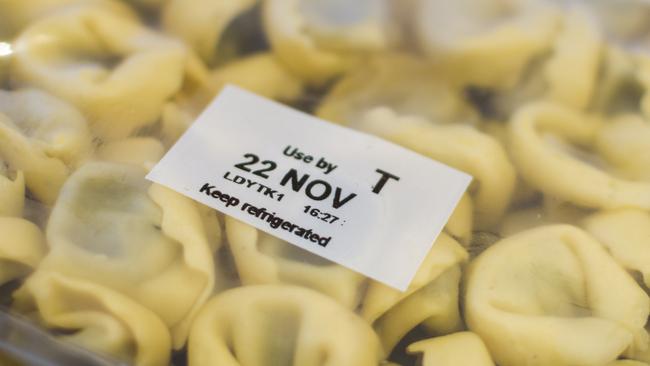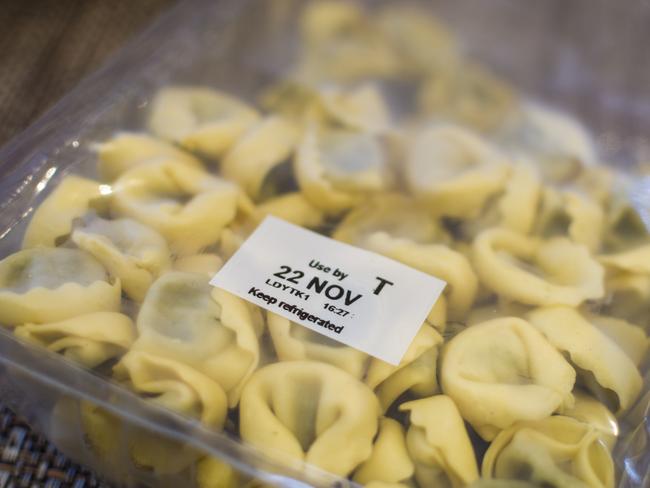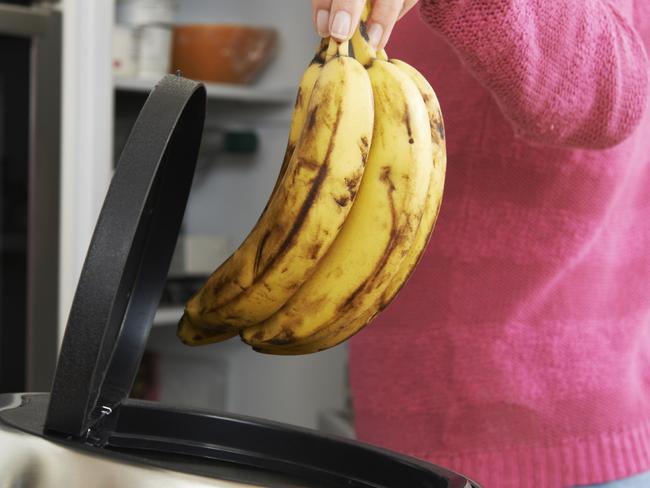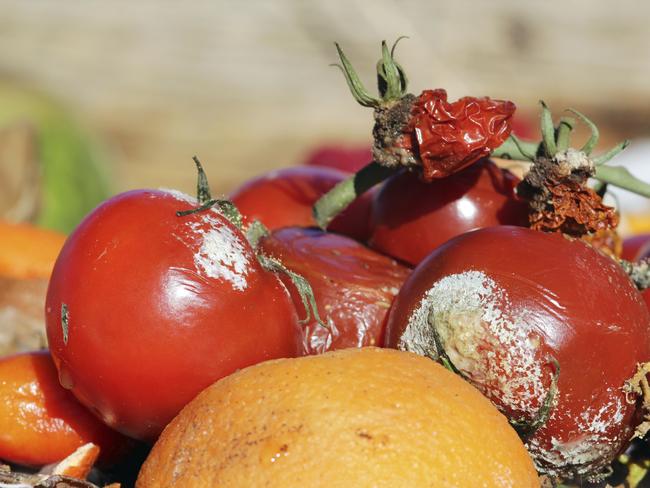Do we really need to stick by the ‘use-by’ date?
FROM ‘best-before’ to ‘use-by’ dates, when would you draw the line when it comes to eating food that has expired?

Food and Wine
Don't miss out on the headlines from Food and Wine. Followed categories will be added to My News.
WE HAVE turned into a world of wasters.
Once upon a time, deciding on whether a food was edible or not came down to sensory discretion. If it smelt bad, tasted bad or looked bad — you bin it.
But now, well — we have created an $8 billion a year problem.
Australians are throwing away more than 20 per cent of the food from their weekly shop, which works out to be 1 in 5 shopping bags on average each week.
While over cooking and over buying of food are two of the main culprits leading to such a high percentage of food waste, consumer confusion around ‘best-before’ and ‘use-before’ labels are also adding to the four million tonnes of food wasted each year.
Almost half of us go by the date label printed on the packaging, and according to Foodwise.com.au, we will often throw away food that is safe to eat.

According to Food Standards Australia, “foods should not be eaten after the use by date and can’t legally be sold after this date because they may pose a health or safety risk.”
While most foods have a best before date, “you can still eat foods for a while after the best before date as they should be safe but they may have lost some quality. Foods that have a best before date can legally be sold after that date provided the food is fit for human consumption.”
Head Chef of OzHarvest said consumers need to be able to understand the difference between labels before tossing food in the bin.
“For most people, there is a duty of care. And so many people like to put the freshest meal on the table, meaning they often hesitate when a product is near or past its use-by-date,” Mr Harvey told news.com.au
“People should be aware of the difference between ‘best-before’ and ‘use-by date.’ Best-before is looking at the items ‘best condition’ as specified by the producer.
“So for a kilo of pasta flour, the producer is telling you that the product is at its ‘best standard’ until that date. But it doesn’t mean there’s a food safety issue after that date.
“Use-by dates however are required on products that are less shelf stable and perishable and will usually have a food hazard if not followed.”

Mr Harvey said consumers should be mindful of when to toss their food, because use by dates tend to have “a fair bit of leeway.”
“I would use milk if its past the date if it still smells fine,” Mr Harvey said.
“I would do the same with yoghurt as well.”
OzHarvest collects more than 70 tonnes of good quality surplus food that would otherwise end up in landfill, and delivers this food to more than 600 charities that feed people in need.
Australian’s fresh produce consumes around 33 per cent of food that is wasted, and around 20 — 40 per cent of fruit and vegetable matter is rejected before it even hits supermarket shelves, simply because they don’t match the consumers ‘high cosmetic standards.’
“I don’t think people know how to choose fruit these days,” Mr Harvey said.
“Just because there’s mould on a strawberry, doesn’t mean you should throw out the whole punnet. Throw out the off one, and thoroughly wash the good ones.”
For fruit and vegetables, consumers should check mould and cut it off, because a bit of blemish doesn’t mean the whole product is ruined.
“As soon as a piece of fruit or veg has a blemish, we often think to just throw it out. But I tend to trim off the bad bit, and see what it’s like after the mould has been removed.”

From a nutritional perspective, going over ‘use-by dates’ is not going to impact the goodness of fresh foods a great deal, but the safety risk associated with eating expired foods increase.
“The problem with eating foods that have passed their use-by dates has more to do with the safety-risks associated with an accumulation of bacteria or some nutrients becoming unstable (in particular fats) — rather than concern regarding a general loss of nutritional value,” nutritionist Kristen Beck told news.com.au.
“Foods past their use-by dates are likely to have a lesser concentration of vitamins, however their concentrations of minerals, carbohydrates, protein, fat and fibre content should generally stay the same.
“Vitamins, in particular water soluble vitamins C and B-group, are broken down when exposed to light and oxygen. So while some fruits and vegetables may have lost some of their vitamin content, you are still gaining a heap of nutritional value from the dietary fibre, complex carbohydrates and minerals in these foods.”
In order to preserve foods, or extend their value, Mr Harvey recommends consumers learn how to ‘pickle’ or even start freezing fresh foods.
“Freezing and pickling is an easy thing to do,” he said.
“Freezing has fallen out of favour, because its not considered ‘fresh.’ I always keeps chillis, bones, vegetable trimmings in the freezer for a later date and to preserve them.
“Roast your vegetables during the week, and that will give them a few days in the fridge for salad or frittatas.
“It is about planning and how you maintain the veggies,” he added.



